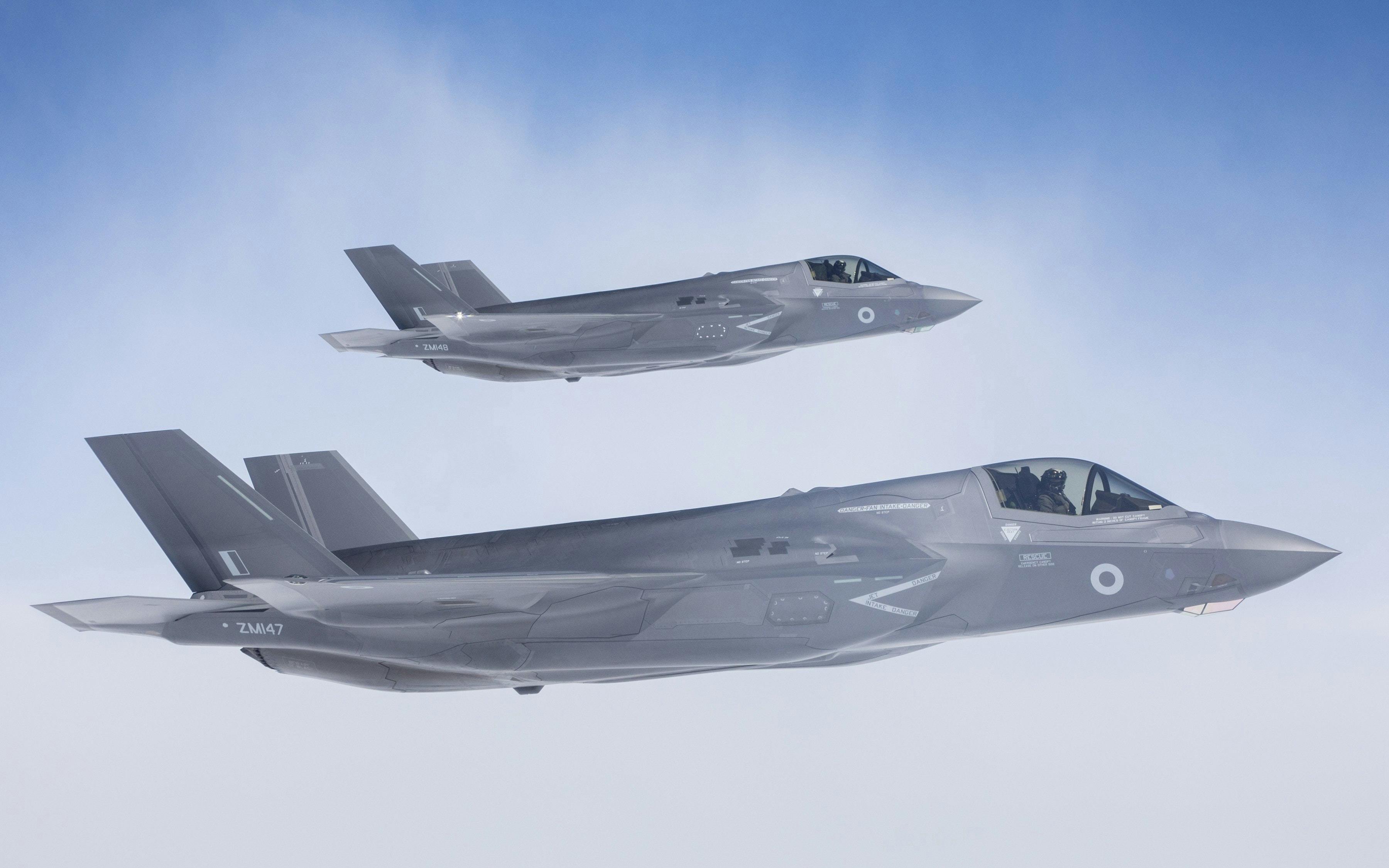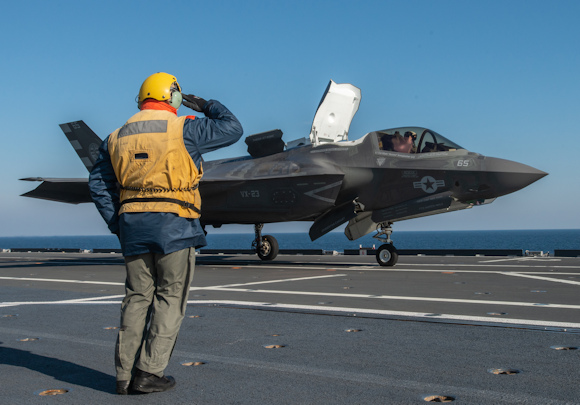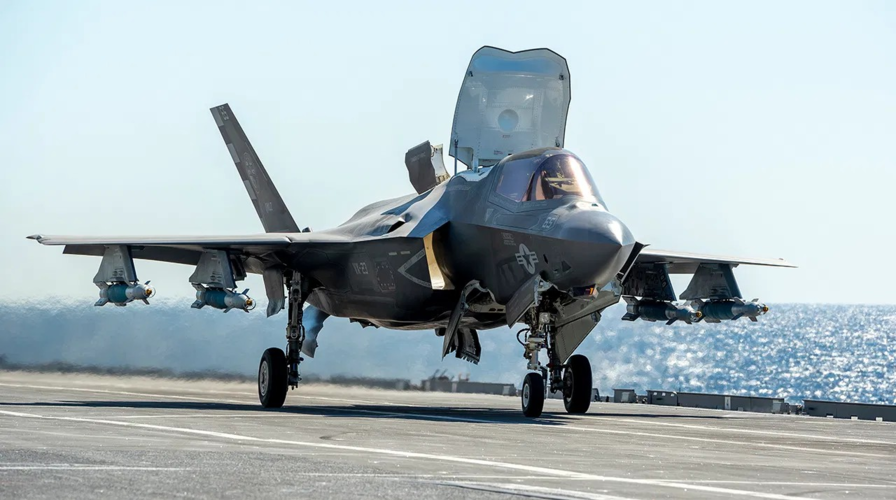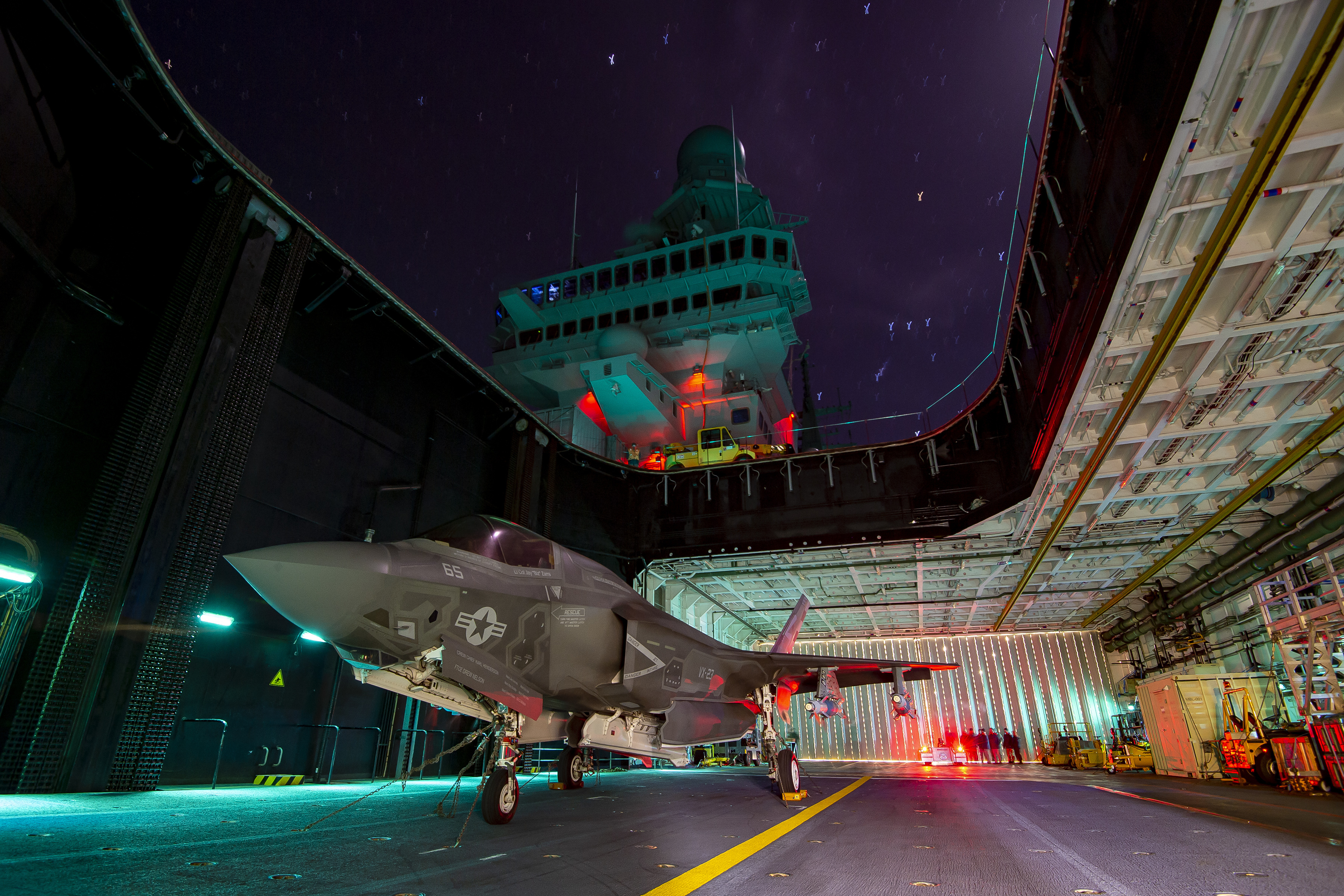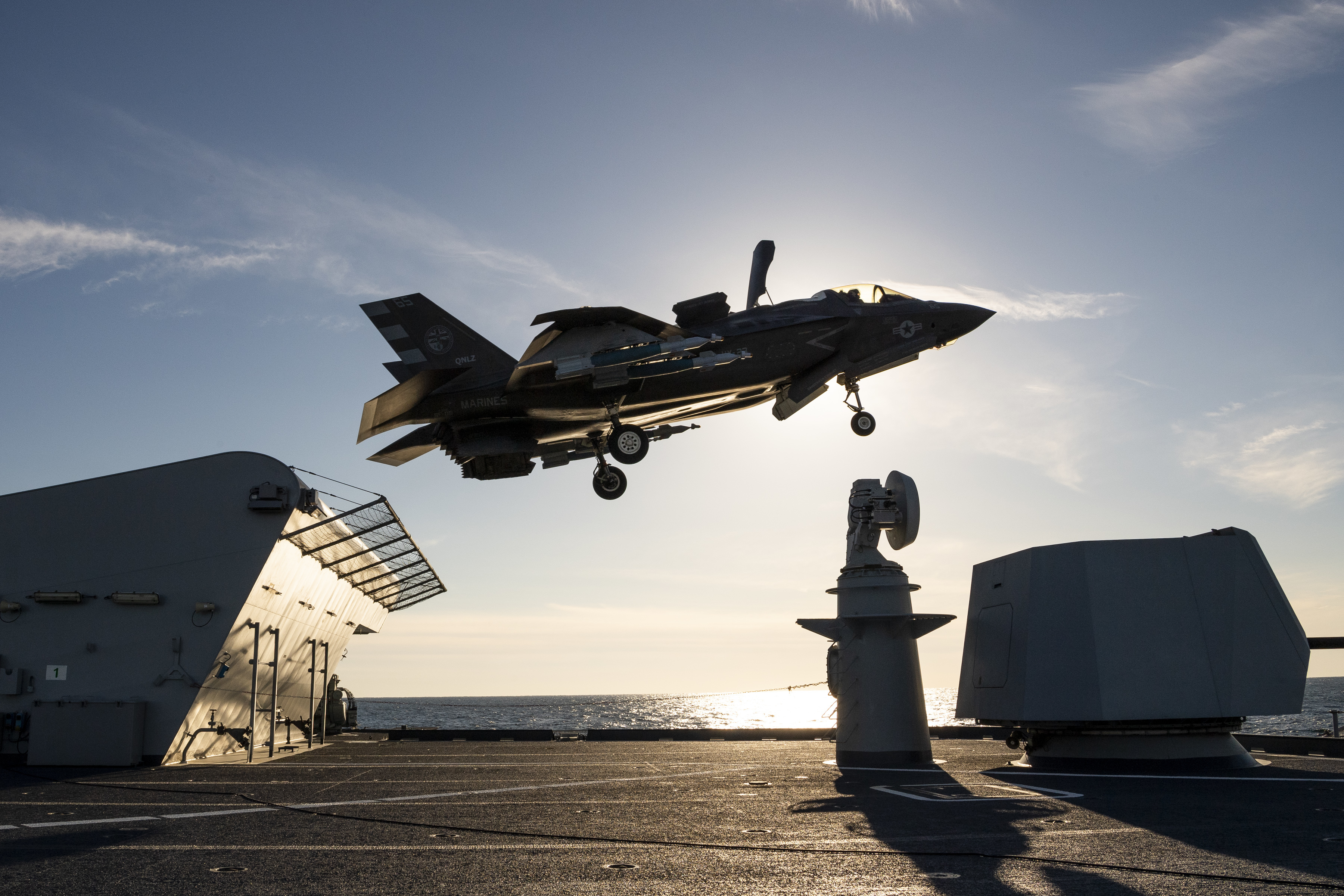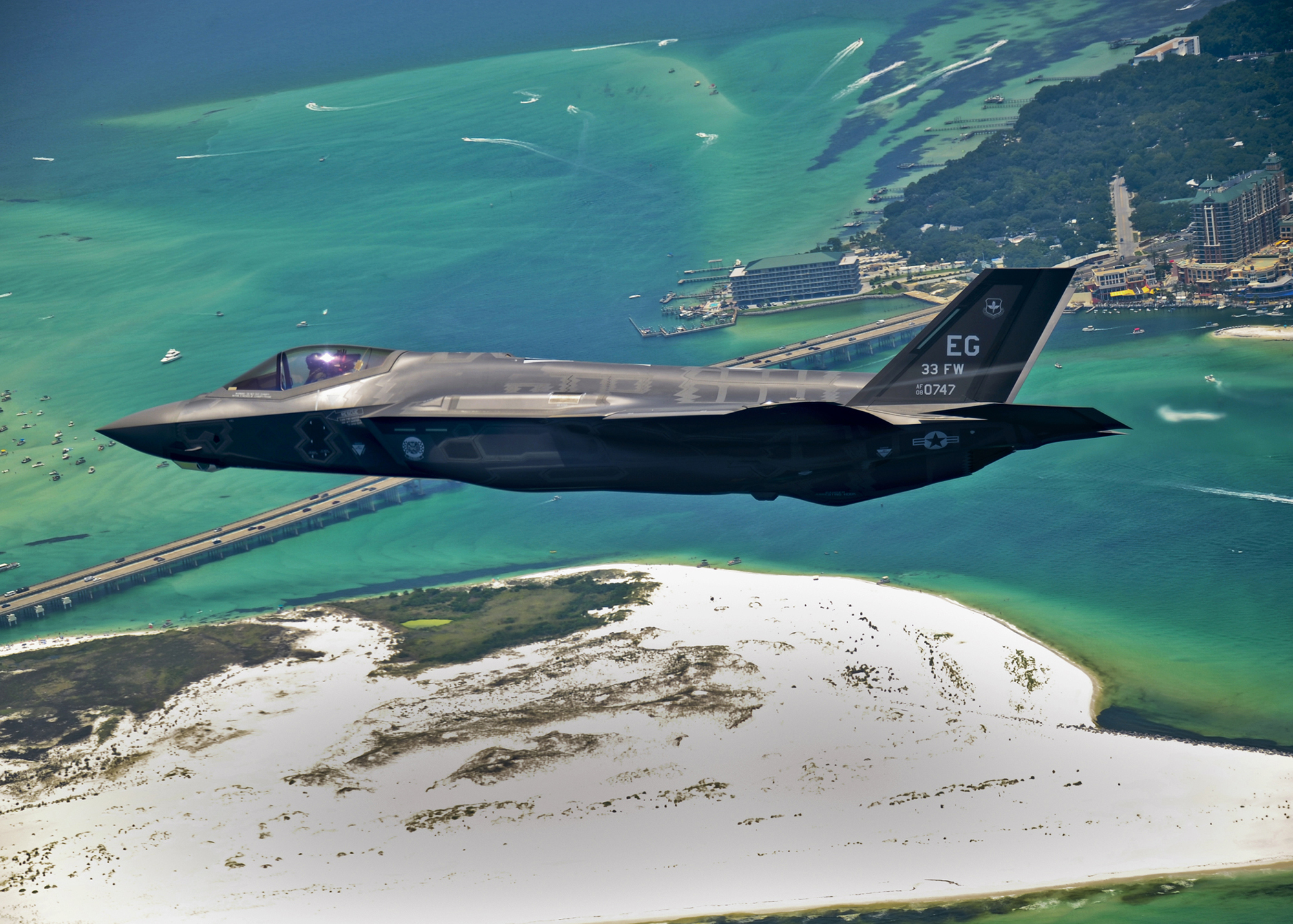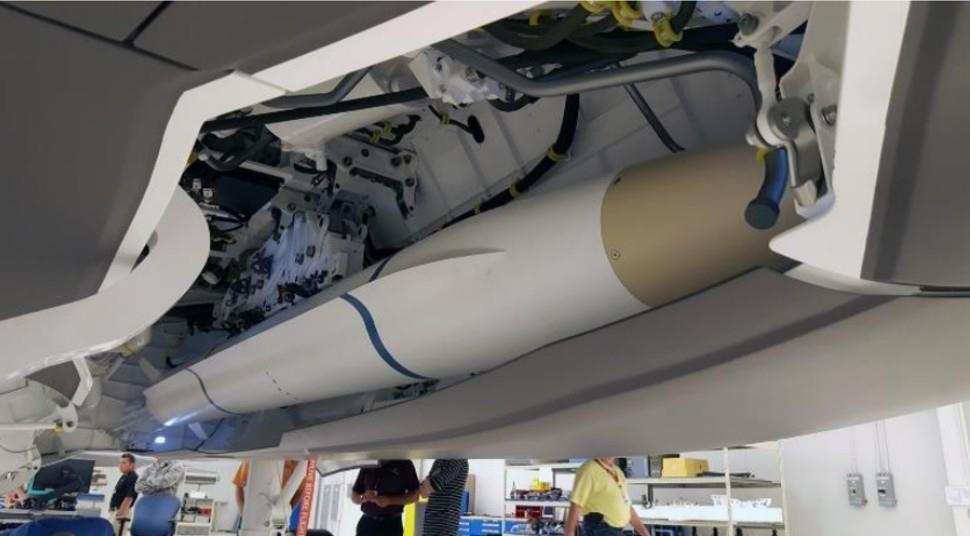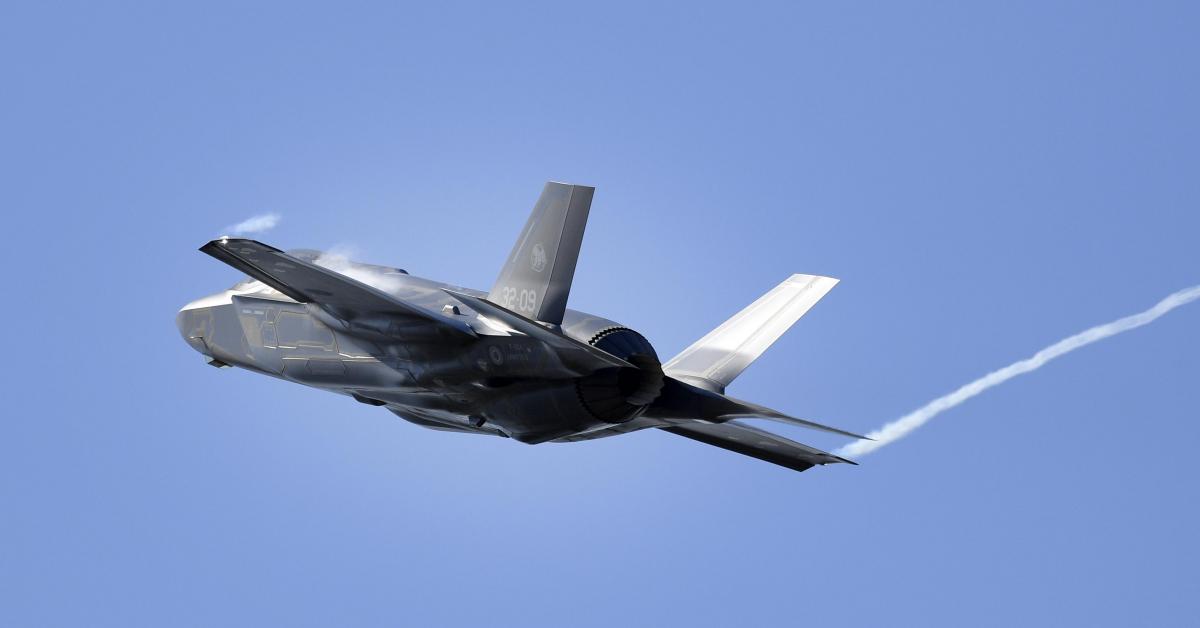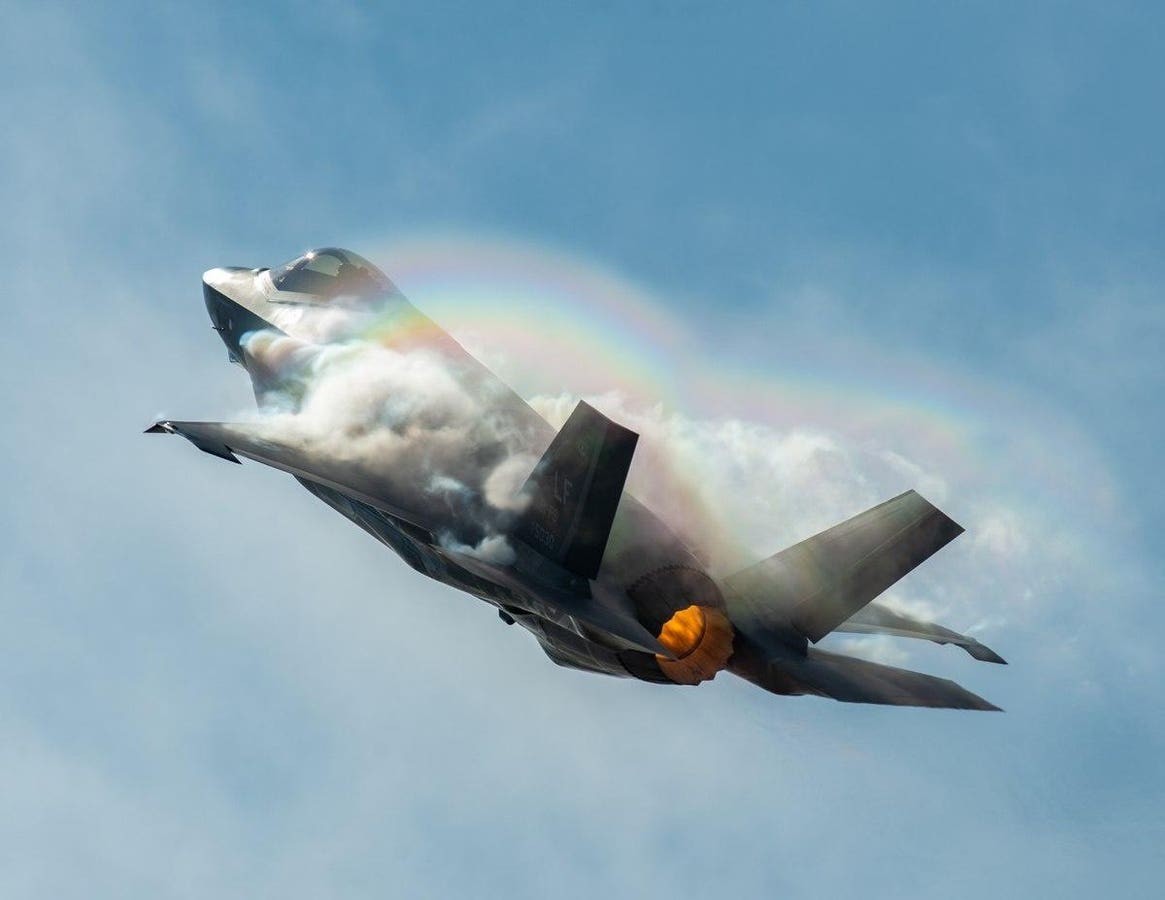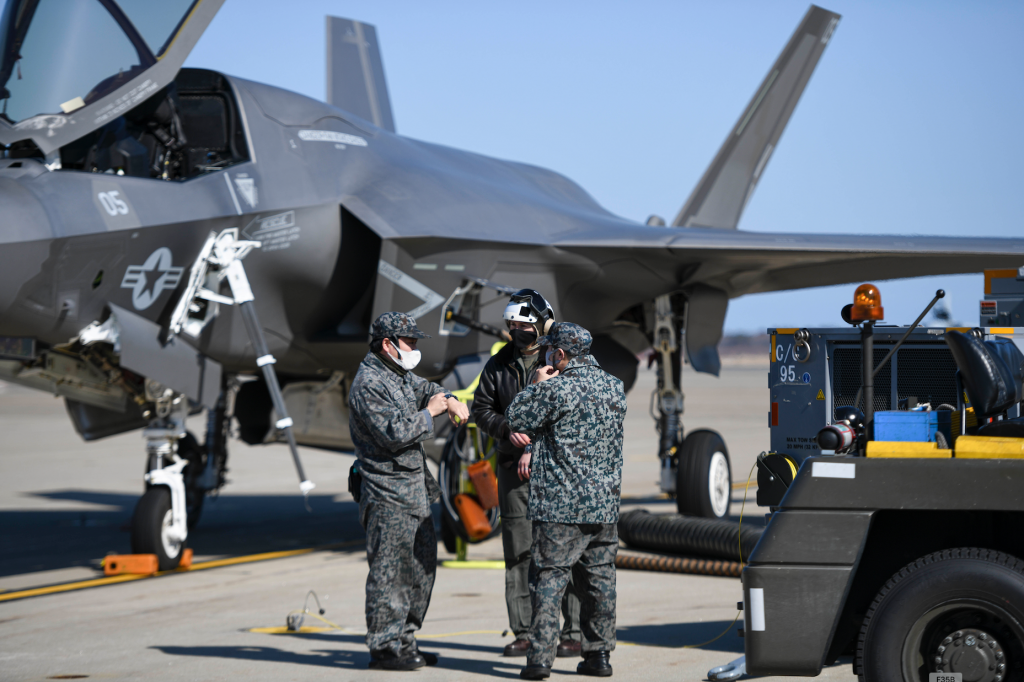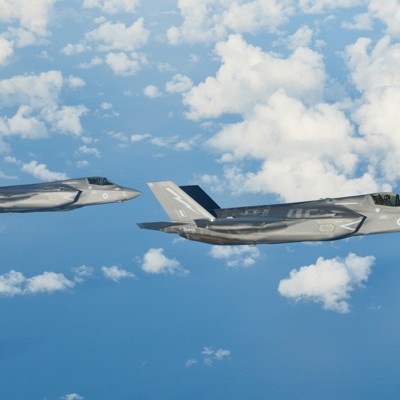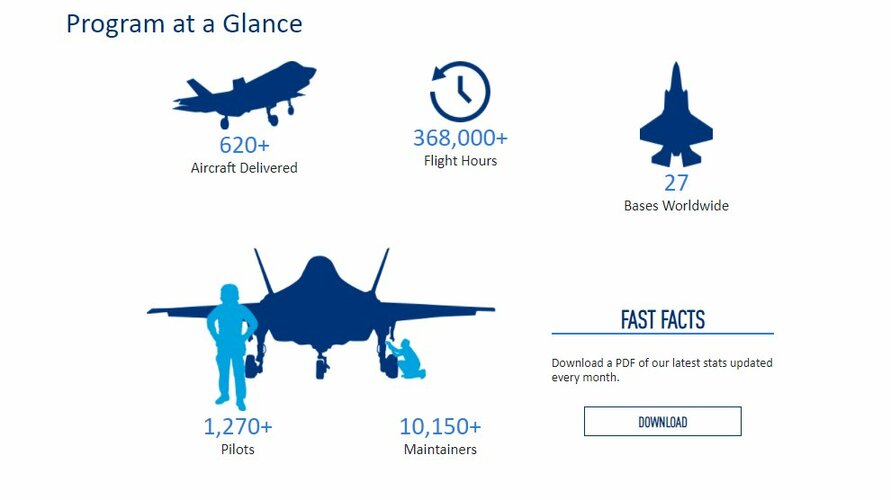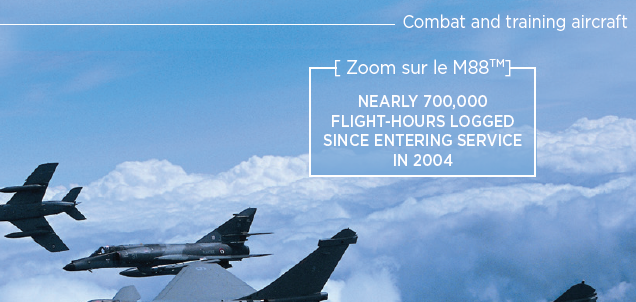In his opening remarks, Garamendi voiced his concern that the services aren’t properly resourced to keep sustaining older systems, even as preparations are made for new ones. He’s worried about “overly-optimistic timelines” for introducing new platforms, and not having infrastructure in place to keep old ones going until the new ones arrive. At the same time, he said he’s frustrated that the services “pay a premium for old technology that is less capable, not fuel-efficient, dependent on a limited network of suppliers, and reliant on obsolete manufacturing processes.”
[...]
“We must ensure we can hire and train the next generation in a timely fashion,” he said. Kirkland replied that the Air Force has numerous intern, STEM, and scholarship programs with schools in the areas around its major depots to attract new line workers. The average age of employees in Air Logistics Centers is 44.5 years, he noted.
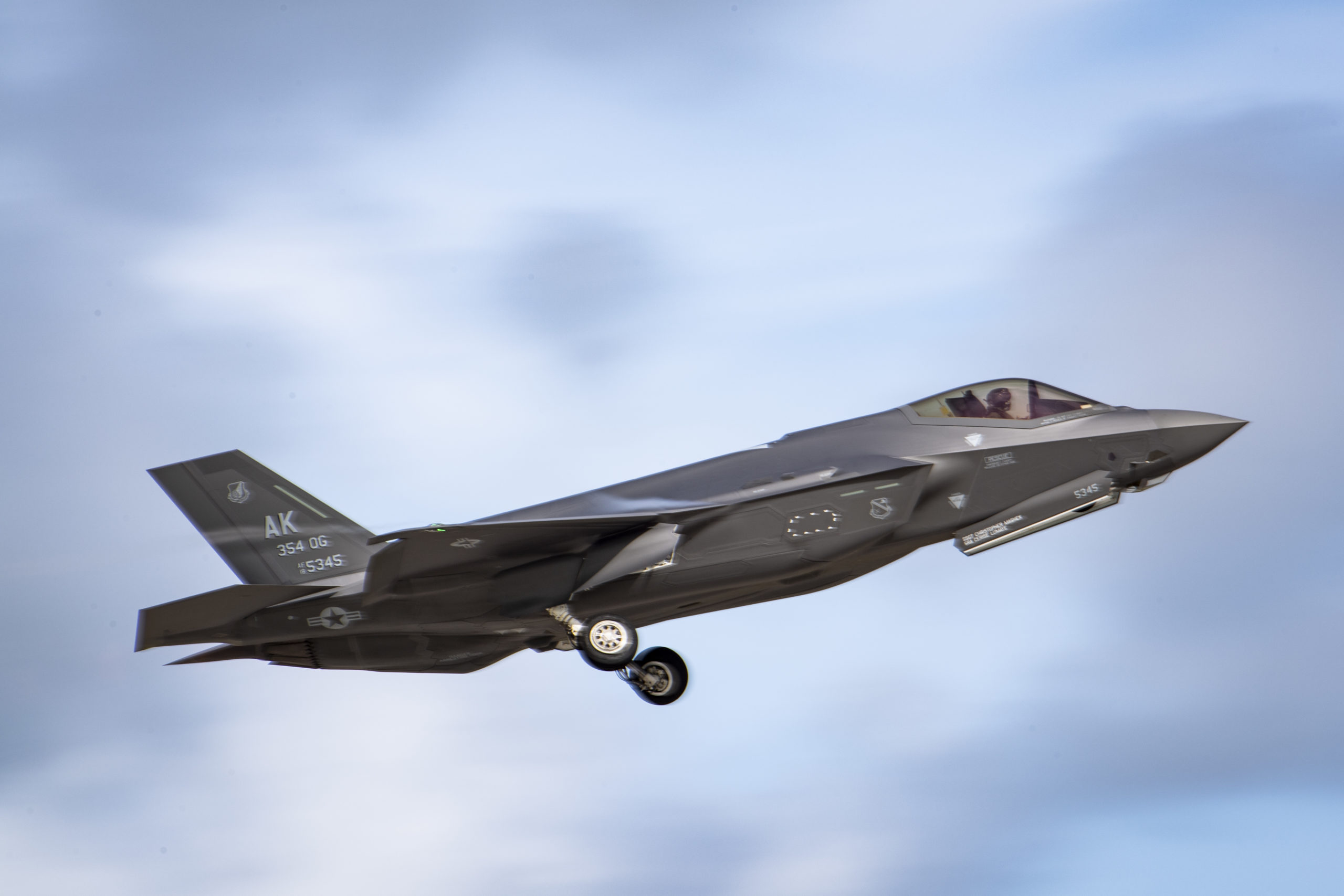
HASC Cites ‘Enormous Concern’ About F-35; Readiness Chair Suggests Buy Cutback | Air & Space Forces Magazine
HASC is concerned about the F-35’s sustainment, and suggested Congress may cut back on purchases of the jet to let the sustainment enterprise catch up.
Notice:
Kirkland, Garamendi said, “The Air Force is going to have a large number of new platforms, extremely sophisticated platforms,” in the coming years, some of which are “still classified.” The committee needs to know, he said, “What are your maintenance demands for those new platforms,” so Congress can help prepare the service to care for them? He wants the Air Force to provide an integrated maintenance plan within the next three or four months.



